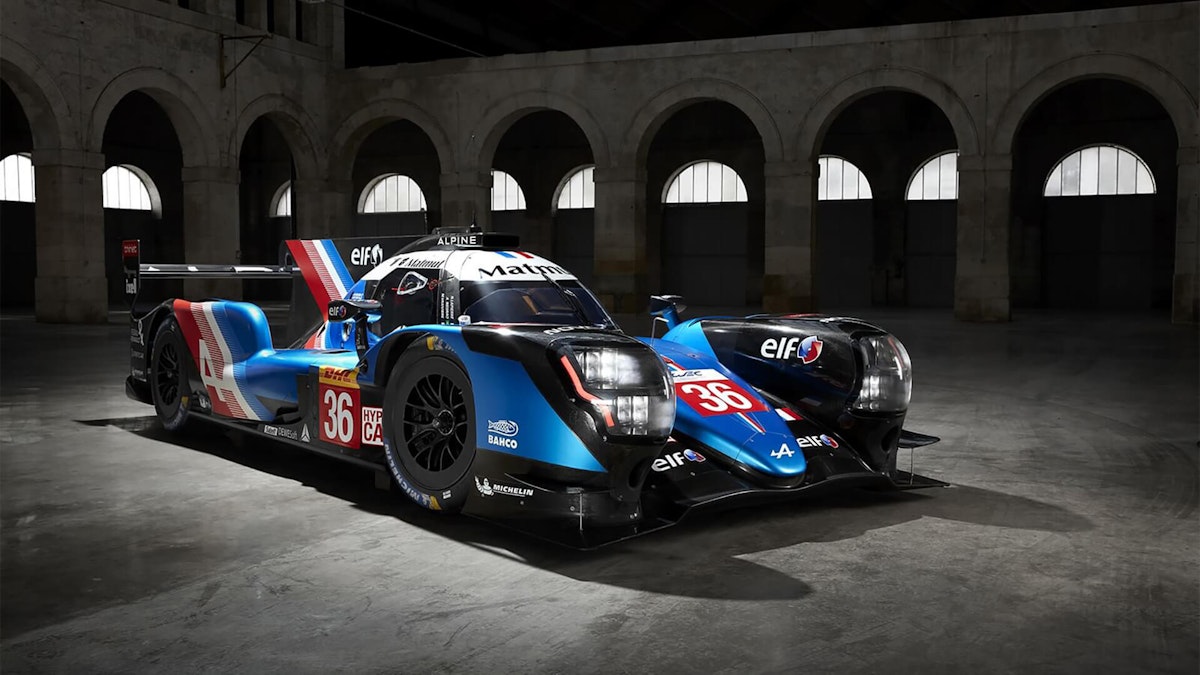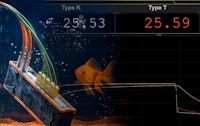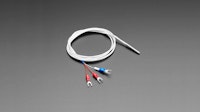Table of contents
Browse categories
Browse authors
 AB
ABAlberto Boffi
 AL
ALAlessia Longo
 AH
AHAl Hoge
 AB
ABAljaž Blažun
 BJ
BJBernard Jerman
 BČ
BČBojan Čontala
 CF
CFCarsten Frederiksen
 CS
CSCarsten Stjernfelt
 DC
DCDaniel Colmenares
 DF
DFDino Florjančič
 EB
EBEmanuele Burgognoni
 EK
EKEva Kalšek
 FB
FBFranck Beranger
 GR
GRGabriele Ribichini
Glacier Chen
 GS
GSGrant Maloy Smith
 HB
HBHelmut Behmüller
 IB
IBIza Burnik
 JO
JOJaka Ogorevc
 JR
JRJake Rosenthal
 JS
JSJernej Sirk
 JM
JMJohn Miller
 KM
KMKarla Yera Morales
 KD
KDKayla Day
 KS
KSKonrad Schweiger
Leslie Wang
 LS
LSLoïc Siret
 LJ
LJLuka Jerman
 MB
MBMarco Behmer
 MR
MRMarco Ribichini
 ML
MLMatic Lebar
 MS
MSMatjaž Strniša
 ME
MEMatthew Engquist
 ME
MEMichael Elmerick
 NP
NPNicolas Phan
 OM
OMOwen Maginity
 PF
PFPatrick Fu
 PR
PRPrimož Rome
 RM
RMRok Mesar
 RS
RSRupert Schwarz
 SA
SASamuele Ardizio
 SK
SKSimon Kodrič
 SG
SGSøren Linnet Gjelstrup
 TH
THThorsten Hartleb
 TV
TVTirin Varghese
 UK
UKUrban Kuhar
Valentino Pagliara
 VS
VSVid Selič
 WK
WKWill Kooiker
Temperature Measurement on a Racing Car

Keep cool! Race cars are state-of-the-art technology and testbeds for automotive technologies. And the temperature is crucial to ensure optimum performance and safety. It’s an issue of keeping temperatures down and of monitoring cockpit, tires, motor, electronics, etc. – when racing all systems on the car are being pushed towards their maximum temperatures.
Alpine Elf Matmut Endurance Team taking part in the World Endurance Championship (WEC FIA) needed a solution to monitor cockpit temperatures and locate sources of excessive heat – Dewesoft delivered.

Racing cars are packed with equipment for dedicated in-race measurements. Battling the heat and keeping the drivetrain and other systems of the car cool is a major task for the team, both at the design stage and when at the track. When the engine gets too hot it loses power, heat will expand or weaken e.g., gearbox materials, the oil will lose its lubrication effect, and electronics may fail.
For example, in the wheel assembly, which includes the braking system, the brake discs and pads can reach temperatures of up to 900 deg C while the calipers have a maximum operating temperature of around 260 deg C.
Racing tires have a very narrow tire temperature operating window. In most cases, they are limited to a mere 30°C range for peak performance in terms of grip levels. Too hot or too cold affects driving capability and safety. Even a few degrees variation in the environmental temperature has an influence.
All in all, thermal management is a key to reliability, performance, and safety. To monitor the temperature of the race car components all racing teams and all car manufacturers need to apply multi-physics sensors and data acquisition capable of merging different measures at the maximum precision and speed.
This year, the Alpine Elf Matmut Endurance Team will debut in the Hypercar category with the n°36 Alpine A480. Since its return to endurance racing, Alpine has won two European titles, two world crowns, and three LMP2 victories at Le Mans. Alpine continues this commitment at the pinnacle of motor racing in 2021 in taking on the challenge of the FIA WEC Hypercar category in parallel with its Formula 1 debut.
Heat - the challenge
The Alpine team wanted to control the temperature inside the car cockpit to avoid excessive heat. Inside the car, the driver often experiences some problems with high temperatures. The trick is to know what is the problem, and how big it is. Locating the source and performing the temperature readings inside the cockpit. But how to measure and monitor?
And FYI - even the driver is affected. The air temperature inside a Formula 1 cockpit averages 50 deg C (122 deg F). During races that last two and a half hours, drivers can drop 2.5 to 3 kilos just through sweating.
So, the major problem is to have under control the temperature inside the cockpit for the sake of the driver and the built-in electronic devices that can send error or bad information that can force a stop or even break the car engine during a race.
Installing a thermocouple or a Pt100 platinum resistance temperature detector (RTD) inside the car is not easy – the space is very tight and accesses are tricky. Furthermore, you need to know exactly where to put the sensor – to know the problem - as such sensors are dedicated to just one point of measurement.
The race car cockpit has very limited space. It doesn’t allow you to implement any big devices. You may have similar problems of fitting sensors to locations in or on a race car elsewhere; tires, wheels, motors, deflectors, etc.
Measurements
The most common and popular sensors for temperature measurement today include thermocouples, RTDs, and thermistors. Dewesoft temperature data loggers support all of them. But, in addition to the standard temperature sensors Dewesoft also supports temperature measurement using infrared thermal cameras from OPTRIS – even combined and synchronized with analog temperature sensors. In this case, the thermal video camera was the only applicable solution.
The Alpine Team used the combination of a thermal camera from Optris and Dewesoft. This enabled the engineers to:
● Measure average, max. and min. value.
● See from where the high temperature is coming
● Modify the airflow to dissipate heat
In DewesoftX data acquisition software video from OPTRIS cameras is synchronized with analog and other data sources down to ~10 ms accuracy.
Dewesoft temperature data loggers and temperature recorders allow accurate temperature logging from any temperature sensors type like thermocouples, RTDs, and thermistors. Temperature loggers are modular by design and can expand from 1 to 1000's temperature measurement points.
Conclusion
The solution enabled the Alpine development engineers to monitor if the temperature was stable or not. They could locate hotspots, identify the exact component or device causing the heat, and observe the effects of alterations, e.g., dissipation of the airflow.
The Dewesoft data acquisition solution even offers additional benefits as it can combine infrared thermal cameras, with other inputs:
standard and high-speed video,
GPS and INS/IMU for positioning,
Speed and acceleration,
CAN bus information,
and more.
The Dewesoft data acquisition equipment and the software can be used to measure and analyze any external or internal component of the car.
Learn more:



